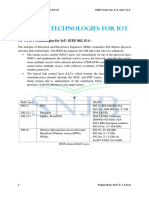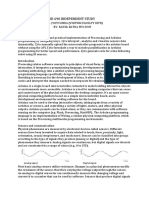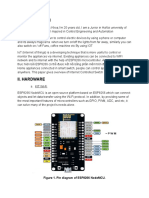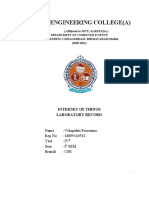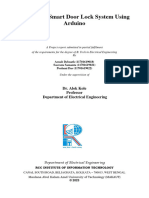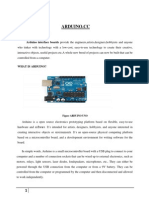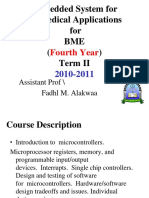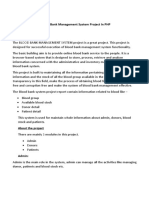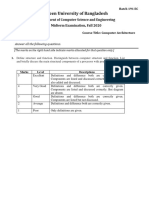0% found this document useful (0 votes)
83 views20 pagesIoT Based Patient Health Monitoring Using ESP8266
Health monitoring system is a setup that monitors the heart rate
Uploaded by
dhqthmtibannuCopyright
© © All Rights Reserved
We take content rights seriously. If you suspect this is your content, claim it here.
Available Formats
Download as DOCX, PDF, TXT or read online on Scribd
0% found this document useful (0 votes)
83 views20 pagesIoT Based Patient Health Monitoring Using ESP8266
Health monitoring system is a setup that monitors the heart rate
Uploaded by
dhqthmtibannuCopyright
© © All Rights Reserved
We take content rights seriously. If you suspect this is your content, claim it here.
Available Formats
Download as DOCX, PDF, TXT or read online on Scribd
/ 20






